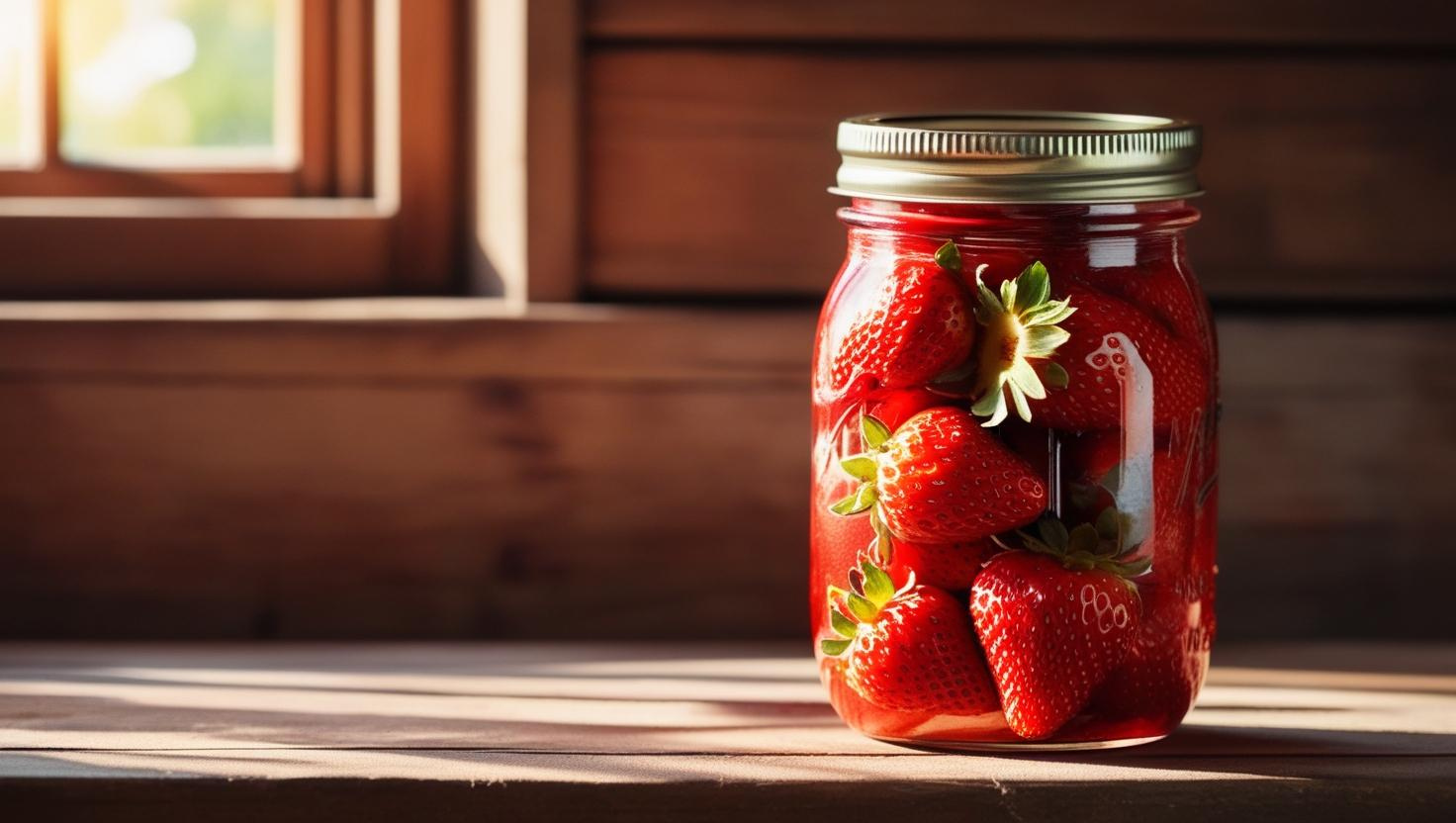
If you don’t get jar sizing right, labels won’t fit and your product might look off. Let’s break it down in simple terms.
A 4oz plastic jar usually holds about 120ml1 and measures around 2.5 to 2.7 inches in diameter and 2 inches in height.
I’ve had clients reorder packaging just because they misunderstood what 4oz really means in container sizing. Let’s avoid that.
What Size Is a 4 Oz Jar?
Even if it says 4oz, not all jars look the same.
Most 4oz plastic jars2 are short and wide, around 2.5" in diameter and 2" high, but shape may vary by design.
Some jars are straight-sided, while others have rounded edges. I always ask my supplier for exact measurements before finalizing labels or caps.

Shape affects volume feel
Even with the same volume, a tall narrow jar and a short wide jar can look totally different on the shelf. That’s why I ask for samples first.
| Jar Type | Approx. Diameter | Approx. Height | Volume (oz/ml) |
|---|---|---|---|
| Standard Round | 2.5" | 2.0" | 4oz / 120ml |
| Low Profile Wide | 2.7" | 1.8" | 4oz / 120ml |
| Double Wall Jar | 2.3" | 2.1" | 4oz / 120ml |
What Size Label for 4 Oz Jar?
Wrong label size = wasted material and crooked application.
For a 4oz jar, the label is usually 1.5" to 2" high and around 7" wide3, depending on the jar shape.
How I test label sizes
I print the label on paper, wrap it around the jar, and adjust before printing batches. Always better than guessing.
Leave space for seams
If you plan to apply labels by hand, leave a 1–2mm gap between label edges. It helps avoid overlaps or crooked lines.
How Do You Measure the Diameter of a Jar?
You don’t need fancy tools—just a ruler or tape measure.
Place a ruler across the top of the jar, from one outer edge to the other—that's the diameter4.
Inside vs outside
Some customers only measure the opening. But for label or cap fitting, I always measure the full outer diameter.
Double-check before production
I once had a buyer order caps that didn’t fit—just because they measured the thread instead of the outer jar width. Now I confirm all dimensions by photos and a measuring chart.
What Is the Difference Between a Mason Jar and a Regular Jar?
Not all jars are created equal.
A Mason jar5 is made for canning and has a threaded neck with a two-piece lid, while regular jars vary in shape, size, and closure.

Not just a design trend
Mason jars are often used for rustic branding, but they’re heavier and more expensive. I suggest them only when the look is part of the brand story.
| Feature | Mason Jar | Regular Plastic Jar |
|---|---|---|
| Lid Style | Two-piece metal | Screw cap / snap lid |
| Weight | Heavier (glass) | Lighter (plastic) |
| Common Use | Canning, rustic packaging | Creams, balms, gels |
| Reusability | High | Medium |
Conclusion
Size isn't just a number—it affects how your whole product looks and feels.
-
Helps you convert fluid ounces to milliliters correctly when comparing product sizes. ↩
-
Useful to confirm standard jar dimensions when designing labels or calculating shelf space. ↩
-
Ensures your label fits the jar's surface without bubbles or misalignment. ↩
-
Learn the correct way to measure jar diameter so lids and labels fit perfectly. ↩
-
Understand what makes Mason jars unique compared to regular plastic packaging options. ↩

